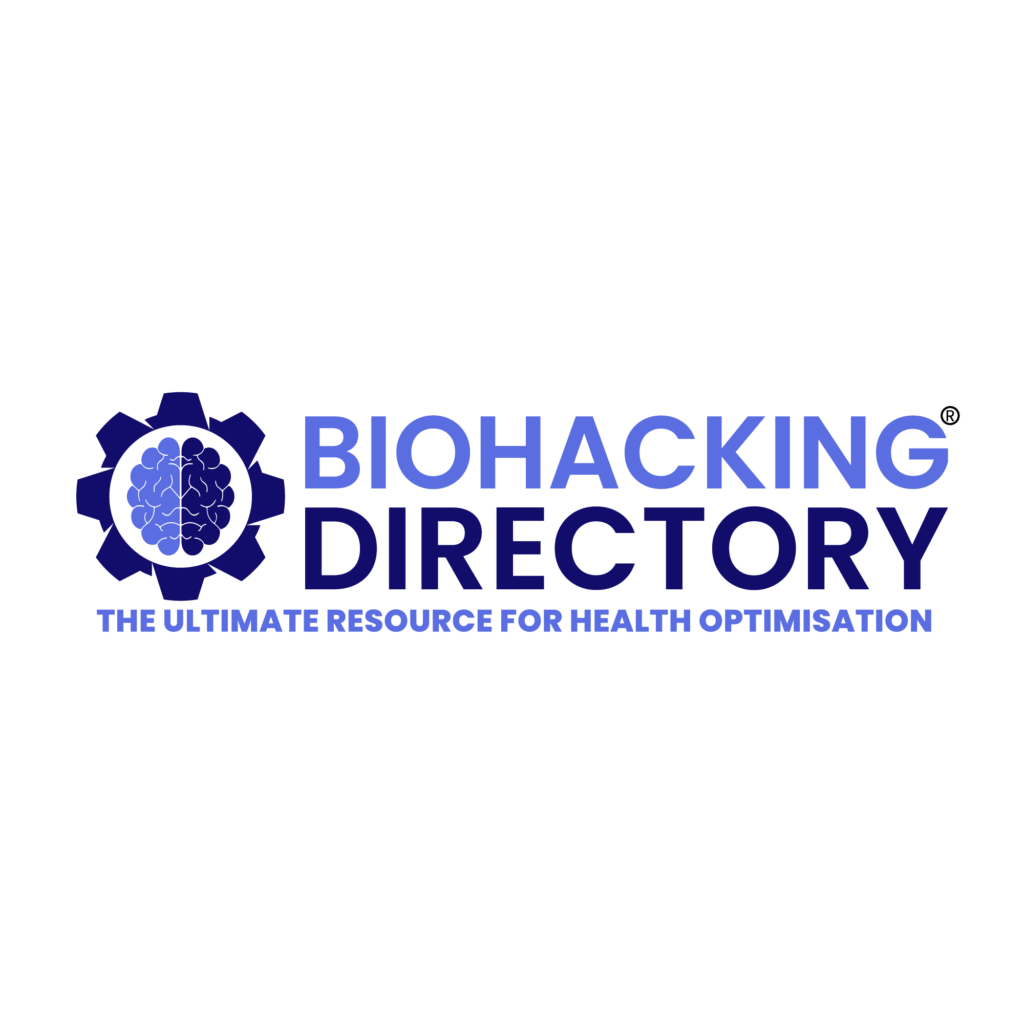The Benefits of Napping: How and When to Nap Effectively
Napping, often considered a luxury or a child’s necessity, is actually a powerful tool for improving mental and physical health. This article delves into the science-backed benefits of napping and offers practical tips on how and when to nap for maximum benefit.
Benefits of Napping
1. Increased Alertness and Performance
Napping helps to combat fatigue, enhancing alertness and performance. A brief nap of 10-20 minutes can improve reaction times, cognitive function, and overall mood, making it easier to tackle the rest of the day.
2. Enhanced Physical Performance
For athletes and those who are physically active, napping can boost energy, strength, and stamina. Research indicates that a 90-minute nap can significantly improve both mental and physical performance in sleep-deprived athletes.
3. Improved Cognitive Function
Napping aids in better memory retention and learning. It helps the brain consolidate information and enhances cognitive functions such as decision-making, reasoning, and creativity.
4. Mood Regulation
A good nap can elevate your mood and reduce stress. It allows the brain to process emotions better, leading to improved emotional stability and reduced feelings of frustration or irritability.
5. Cardiovascular Health
Short naps (under 30 minutes) can reduce stress on the heart and lower the risk of heart disease. Regular napping has been linked to lower blood pressure and reduced heart-related mortality.
How to Nap Effectively
To reap the benefits of napping, it’s important to nap correctly. Here are some tips to help you nap effectively:
1. Keep It Short
Aim for naps of 10-20 minutes. Short naps prevent grogginess and ensure you wake up feeling refreshed. Longer naps can lead to sleep inertia, making you feel more tired than before you napped.
2. Nap in the Early Afternoon
The best time to nap is usually between 1 p.m. and 3 p.m. This timing aligns with the natural dip in alertness and won’t interfere with nighttime sleep. Napping later in the day can disrupt your regular sleep cycle.
3. Create a Restful Environment
Find a quiet, dark, and cool place to nap. Minimize distractions and use an eye mask or earplugs if necessary to create the ideal sleep environment.
4. Be Consistent
If you plan to nap regularly, try to nap at the same time each day. This consistency helps your body develop a routine, making it easier to fall asleep and wake up at the desired times.
5. Use Caffeine Wisely
Some people find that drinking a cup of coffee just before a short nap can enhance the nap’s benefits. The caffeine kicks in just as you wake up, providing an additional boost in alertness.
When Not to Nap
While napping can be beneficial, it’s not for everyone. Avoid napping if you:
– Have trouble sleeping at night, as napping can exacerbate insomnia.
– Feel groggy after naps, indicating you might need shorter naps.
– Find it difficult to nap outside of your bed or usual sleep environment.
Conclusion
Napping is a simple, yet effective way to improve your overall health and well-being. By understanding how and when to nap, you can maximize its benefits and enjoy increased alertness, improved mood, and enhanced physical and cognitive performance. If you find yourself needing naps frequently, it might be worth consulting a healthcare professional to rule out any underlying health issues.
References:
– Mayo Clinic. (2022). Napping: Do’s and don’ts for healthy adults. Retrieved from [Mayo Clinic](https://www.mayoclinic.org).
– Sleep Doctor. (2024). Benefits of Naps: How Daytime Sleep Helps Your Body and Mind. Retrieved from [Sleep Doctor](https://www.sleepdoctor.com).





